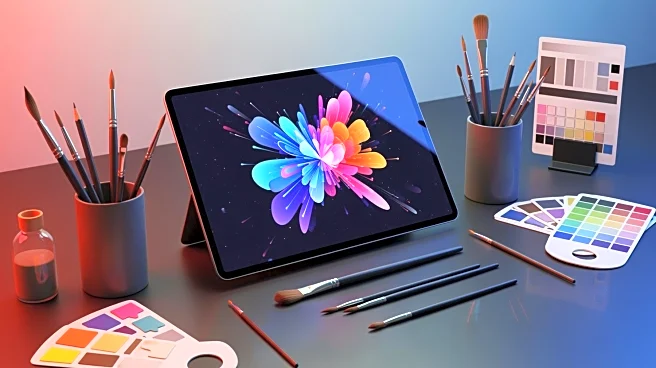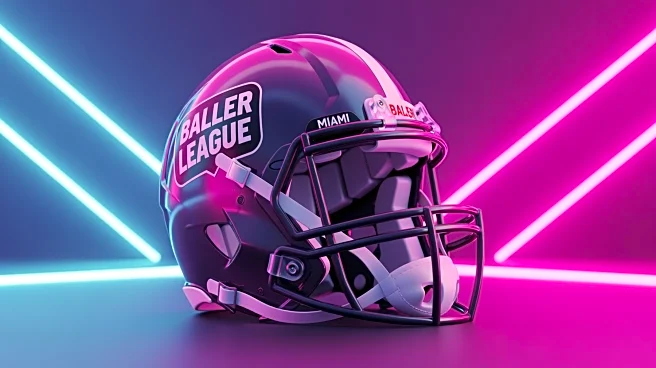What's Happening?
The influencer and creator industry, which has seen significant growth in recent years, is now facing challenges that may slow its expansion. Many creators have established themselves as viable advertising channels, producing content with professional
teams. However, the industry is encountering friction due to the need for brands to vet creators thoroughly to ensure brand-safe content. This vetting process involves assessing past and potential future statements by creators, which can be cumbersome for brands. Despite the industry's growth, there is a perceived ceiling, and the space is likened to the 'wild West,' where creators prioritize their audience over brand partnerships. As brands become more cautious, the adoption of creators as advertising channels may slow, prompting creators to explore alternative monetization strategies.
Why It's Important?
The potential slowdown in the creator industry's growth has significant implications for advertising and media strategies. Brands, which are traditionally risk-averse, may become hesitant to engage with creators due to concerns over content safety and predictability. This shift could lead to a reevaluation of advertising budgets and strategies, impacting creators who rely on brand partnerships for revenue. As creators seek new monetization avenues, such as direct audience engagement and product sales, the industry may undergo a transformation that prioritizes community-driven revenue models over traditional brand advertising. This evolution could redefine the relationship between creators and brands, influencing how content is produced and consumed.
What's Next?
Creators may increasingly focus on monetizing their communities through products and experiences, both in-person and digital. This shift could lead to a more sustainable business model that relies less on brand partnerships and more on direct audience support. Brands, on the other hand, may continue to work with established creators who have proven their ability to produce brand-safe content, while being cautious about engaging with newer or riskier creators. The industry may see a stratification, with top-tier creators attracting brand deals and others focusing on audience-driven revenue. As the industry adapts, stakeholders will need to navigate these changes to maintain growth and relevance.
Beyond the Headlines
The evolving dynamics in the creator industry highlight broader cultural and ethical considerations. The tension between creative freedom and brand safety raises questions about the balance between artistic expression and commercial interests. As creators navigate these challenges, the industry may see shifts in content standards and audience expectations. Additionally, the comparison to reality TV suggests a potential cyclical nature in media trends, where new formats rise and fall in popularity. Understanding these patterns can provide insights into future media developments and the sustainability of various content models.













